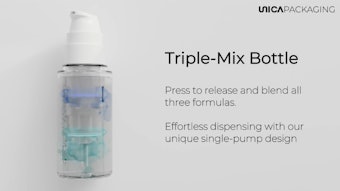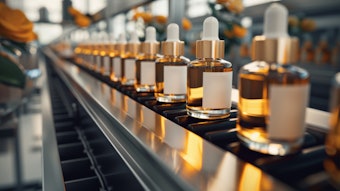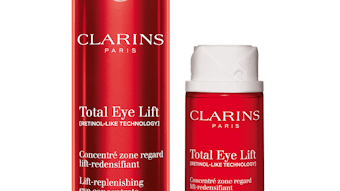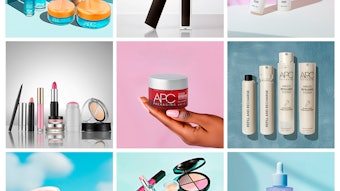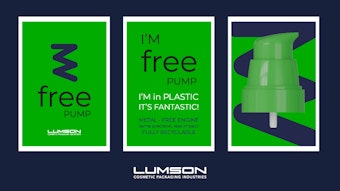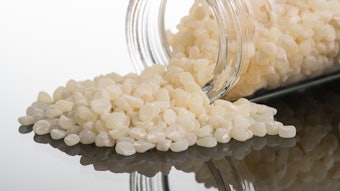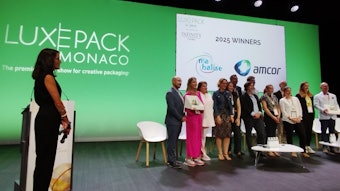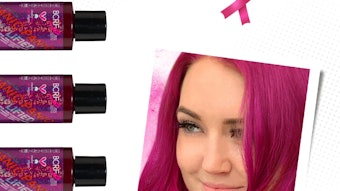- As more advanced, potent ingredients are being used in beauty products, product developers need to be aware of how these ingredients might interact with or affect a product’s packaging.
- Packaging needs to be considered in helping a product’s formulation maintain its efficacy. Certain types of packaging can help keep products safe from contamination and spoilage.
- Ingredients and packaging materials, decoration and dispensing methods can interact in unexpected ways. Thinking of both of these elements together early in the product development process will help avoid problems further down the line.
As the anti-aging skin care category, as well as other beauty categories, continues to grow in popularity with consumers, brands are responding with more advanced ingredient combinations.
These cutting-edge formulas demand advanced packaging solutions to contain these powerful concoctions. As a result, brands need to think more strategically and make packaging plans further ahead during formula development instead of an afterthought.
Synergistic Development
It is cost prohibitive for brands to spend months or years developing a new formula only to have to alter it down the line because of packaging compatibility issues. No longer is it enough to have an amazing formula—standout packaging is crucial. And since a product is the combination of the formula and package, both must work in tandem.
Product developers and formulators must consider the type of dispensing system, materials and decoration that will be most compatible with these advanced anti-aging potions that often require protection from mechanical, microbiological and environmental hazards.
Created for Efficacy
The demand for intense anti-agers and unique ingredient stories coincide with the demand for efficacy. Simply put, these products must work. Once the consumer opens and begins using a product, a myriad of potential considerations come into play that can affect formula potency, efficacy and safety. These concerns have become more prominent during the last few years as prestige skin care continues to show growth in both dollars and units sold, according to the NPD Group.
To help ensure results, product developers must make certain that the active levels of these formulas are maintained throughout the intended product life cycle—from production to the moment the consumer opens and first uses the product to the consumer using the last drops of the product.
Airless packaging is one way of achieving product preservation. A versatile packaging solution, airless systems are engineered with an internal piston engine that equalizes air pressure as it pumps out the product. Because airless dispensing systems do not introduce air from the environment into the package, the formula maintains its integrity for a prolonged shelf life.
Airless packaging is ideal for beauty brands using advanced formulas with ingredients like organic sunscreen solvents, antioxidants, polyphenols, vitamins and extracts. Other brand benefits include the ability to accommodate a wide range of formula viscosities, from thin serums to thick creams and can be filled on a standard filling line. Additionally, airless packages provide numerous benefits to the end consumer such as precision dosing, fewer strokes to prime and enhanced evacuation rates that enable the consumer to get out all of the formula and eliminate product waste.
Material Attention
When developing more intensive ingredient combinations designed to do everything from reduce wrinkles to enhance skin tone and texture, product developers and formulators also must factor in packaging resin material for product compatibility.
For example, polypropylene (PP) is a rugged thermoplastic polymer that is usually compatible with many chemical solvents, bases and acids. A popular beauty packaging material, PP is found in a majority of airless bottles.Its chemical resistance and absence of cracking under stress lends to its popularity.
PMMA, a transparent thermoplastic material, is another popular material used in the creation of beauty packaging. It is often used as a lightweight or shatterproof alternative to glass. While both have their advantages, they also are better suited to certain formulas depending on the ingredients used.
Polypropylene and PMMA are just two of many material options to be considered, depending on the formula. Other resins include PETG, ABS, PCTG and PCTA—to name a few. An experienced beauty packaging company runs suitability testing with the formula and material, offering recommendations and working with the brand to determine the resin that will best protect the product. While the material is normally the factor on which the package type decision is made, it is also essential to think about the overall aesthetics of the package in advance.
Decoration can be a friend or foe to a beauty product formulation. Skilled beauty packaging companies understand that this process offers more than just looks—decoration can also lend protection to sensitive ingredient combinations. Inner sprays, foil-based heat transfer labels and UV inhibitor coatings are just a few options that can help protect a product’s formula. Most coatings can be custom formulated, depending on how they react to a product’s ingredients. This is why it is important to think about package decoration in the nascent stages of the development process.
Thinking Ahead
The last thing a beauty brand’s marketing and product development teams want is to make costly changes to a product’s formula or packaging at the last minute. This can be a reality if the formulation and the packaging aren’t compatible. This is why it is essential to choose a product’s packaging material, dispensing system and decoration in conjunction with the formula development process—rather than viewing these options in retrospect.
Dan Dominski is the vice president of engineering and product development with Fusion Packaging; Alexander Kwapis is the creative director with Fusion Packaging; Jessica Cahalen is the director of arketing with Fusion Packaging. www.fusionpkg.com

